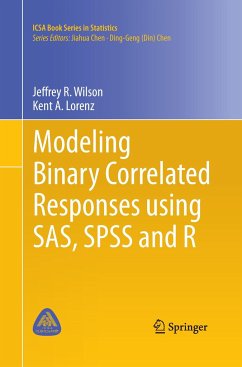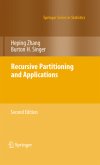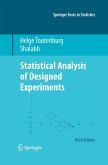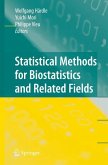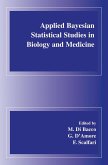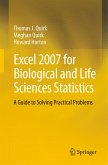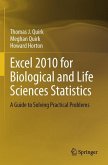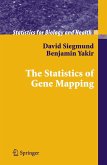Statistical tools to analyze correlated binary data are spread out in the existing literature. This book makes these tools accessible to practitioners in a single volume. Chapters cover recently developed statistical tools and statistical packages that are tailored to analyzing correlated binary data. The authors showcase both traditional and new methods for application to health-related research. Data and computer programs will be publicly available in order for readers to replicate model development, but learning a new statistical language is not necessary with this book. The inclusion of code for R, SAS, and SPSS allows for easy implementation by readers. For readers interested in learning more about the languages, though, there are short tutorials in the appendix. Accompanying data sets are available for download through the book s website. Data analysis presented in each chapter will provide step-by-step instructions so these new methods can be readily applied to projects. Researchers and graduate students in Statistics, Epidemiology, and Public Health will find this book particularly useful.
"The monograph is devoted to logistic regression modeling and its extensions useful for complex survey sampling data. ... this book will be useful for students and practitioners in various fields needed binary outcome modeling for analysis and predictions in applied research." (Stan Lipovetsky, Technometrics, Vol. 58 (4), April, 2016)

